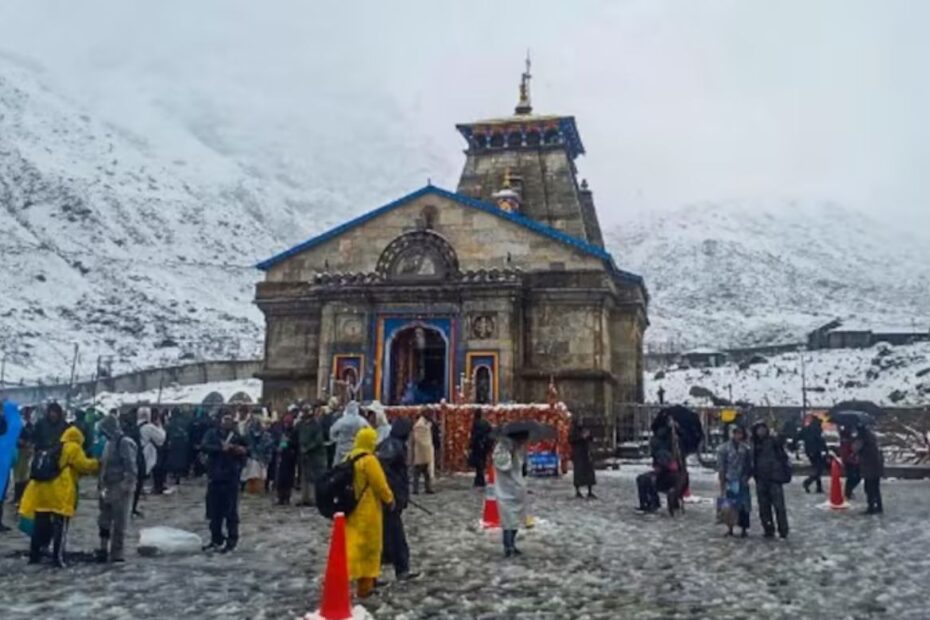Kedarnath, nestled amidst the towering peaks of the Himalayas, stands as a beacon of spiritual devotion and natural grandeur. Situated in the Rudraprayag district of Uttarakhand, India, this sacred town holds immense significance for Hindus worldwide, being one of the Char Dham pilgrimage sites.
Beyond its religious importance, Kedarnath’s elevation plays a pivotal role in shaping its climate, ecology, and accessibility. In this article, we delve into the heights and elevation of Kedarnath, uncovering the fascinating aspects that define this revered destination.
The Magnitude of Elevation
At an impressive elevation of approximately 3,583 meters (11,755 feet) above sea level, Kedarnath stands as one of the highest temples dedicated to Lord Shiva. This lofty altitude places it amidst the rugged terrain of the Garhwal Himalayas, contributing to its mystical allure and awe-inspiring vistas. The town’s elevation not only evokes a sense of reverence but also presents challenges and opportunities for pilgrims and adventurers alike.
The Significance of High Altitude
The elevation of Kedarnath significantly influences its climate, characterized by cool summers and harsh winters. During the pilgrimage season from May to October, the weather remains relatively mild, offering comfortable conditions for devotees undertaking the arduous journey. However, as winter descends upon the Himalayas, Kedarnath becomes inaccessible due to heavy snowfall and extreme cold, with temperatures plummeting well below freezing point.
Moreover, the high altitude of Kedarnath contributes to its ecological diversity, with unique flora and fauna thriving in this harsh yet fragile ecosystem. Alpine meadows, dense forests, and glacial streams adorn the landscape, providing sanctuary to a variety of species adapted to the rigors of mountain life. Additionally, the purity of the air at such heights fosters a sense of serenity and purity, enhancing the spiritual experience for pilgrims seeking solace amidst the divine.
Challenges and Precautions
Despite its allure, the high elevation of Kedarnath poses challenges for visitors, particularly those unaccustomed to such altitudes. Altitude sickness, characterized by symptoms like headache, nausea, and fatigue, can affect individuals ascending rapidly to higher elevations. Therefore, pilgrims and trekkers must acclimatize gradually and stay hydrated to mitigate the risk of altitude-related ailments.
Furthermore, the remote location and rugged terrain surrounding Kedarnath necessitate careful planning and preparation for travelers embarking on the pilgrimage. Adequate clothing, medical supplies, and communication devices are essential companions for navigating the unpredictable conditions of the Himalayas. Additionally, consulting with experienced guides and adhering to safety guidelines can ensure a safe and memorable journey to this sacred abode of Lord Shiva.
Conclusion
The elevation of Kedarnath stands as a testament to its spiritual significance and natural splendor, beckoning pilgrims and adventurers to explore its lofty heights and unravel its mysteries. From the majestic peaks of the Himalayas to the tranquil sanctity of its temple, every aspect of Kedarnath’s landscape reflects the divine grandeur of the cosmos.
As visitors ascend to this sacred realm, they not only witness the breathtaking beauty of nature but also embark on a profound journey of self-discovery and spiritual enlightenment.

